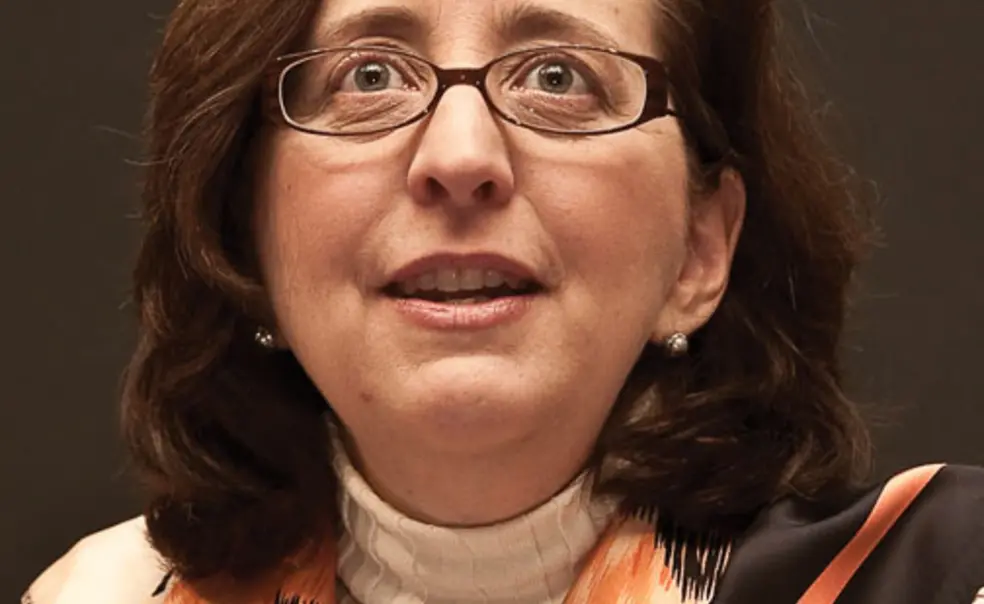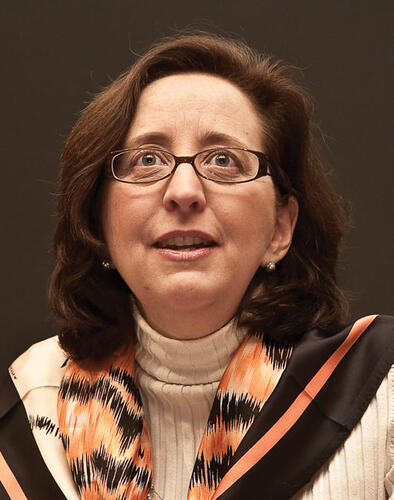Reversing course, Princeton to offer early-action option
“In eliminating our early program four years ago, we hoped other colleges and universities would do the same, and they haven’t,” President Tilghman said in a Feb. 24 statement. “One consequence is that some students who really want to make their college decision as early as possible in their senior year apply to other schools early, even if their first choice is Princeton.”
The University said it would offer a nonbinding early-action program beginning with the class that will enter Princeton in the fall of 2012. Students who apply by early November will receive a decision in mid-December. Applicants will be required to state that they have not submitted an early application to any other school.
Those accepted will not be required to notify the University of their decision until May 1, the deadline for applicants who apply as part of the regular admission process.
Princeton offered a nonbinding early-action program from 1977 to 1996 and a binding early-decision program for the 10 years that followed.
In September 2006, the University announced that it would eliminate early decision for the class entering Princeton in 2008. The announcement followed a similar action by Harvard a week earlier, and both schools cited similar reasons: that early-admission programs work to the advantage of applicants who have more resources or knowledge about the college-admission process, and that only a very small proportion of minority students and low-income applicants were part of the early-decision pool.
Both Princeton and Harvard said they hoped that other schools would follow their lead, but only one did: the University of Virginia. That school announced in November that it would return to nonbinding early action, and on the morning of Feb. 24, so did Harvard. Princeton’s announcement followed at 11:15 a.m.
“We think that being the last school standing without an early program is just not practical,” Dean of Admission Janet Rapelye said in an interview. If Princeton hadn’t acted, she said, “I think we would have started seeing some real shifts” away from Princeton in the choices of students with multiple acceptances.
Rapelye said the University has made progress in attracting a broader pool of applicants in the last four years, with more students on financial aid, more receiving Pell grants, more high schools represented, and a 50-50 gender balance. The Class of 2014 includes a record 490 students from U.S. minority groups and 141 international students.
“We think we can continue to achieve all of this and still offer students an early option by doing early action and not early decision,” Rapelye said. “We are fully committed to recruiting students from every background and geographic area.”
She also said that the University’s policy of “looking carefully and giving every consideration to the children of our graduates” will continue.
George Bustin ’70, chairman of the Princeton Schools Committee, said that after e-mailing news of the change to the heads of Alumni Schools Committees, he received responses that were “overwhelmingly positive.”
Nick Allard ’74, a former head of the schools committee, said University officials “deserve credit for trying to be a leader, and for making adjustments and change.” The ideal situation, he said, would be for all schools to have a single admission system, “but that’s not the world we live in.”
Elizabeth Duffy ’88, head master of the Lawrenceville School in New Jersey, said that Princeton, Harvard, and Virginia had acted “for good reasons” in 2006 in eliminating early decision. Since then, she said, generous financial-aid policies and use of the Common Application have made selective schools “much more accessible to students from all backgrounds.”
The use of different admission systems among schools has been confusing for students, Duffy said, but she expressed optimism that “the return to early-admission decisions will eliminate some of that confusion without reducing accessibility.”
An editorial in The Daily Princetonian took issue with the decision to abandon a single admission deadline, maintaining that it unfairly benefits a group of applicants who already have an advantage. “When the early-decision policy was first abolished, President Tilghman said the University was ‘making this change because we believe it is the right thing to do.’ It still is,” the editorial said.
The Prince noted that the change is expected to increase the University’s yield of admitted students who choose to enroll. The yield for the Class of 2011, the last early-decision class, was 67.8 percent; it had been as high as 73.6 percent under early decision. Without early admission, Princeton’s yield has been 57 to 58 percent, Rapelye said.
She said she doesn’t know what to expect with early action, because admission offers will be nonbinding. Princeton used early decision to fill nearly half the freshman class each year, but with early action, she said, “my hope is that it can be less than what it was.”
Rapelye said that while Princeton has reviewed its admission process every year, it intensified its research after The Harvard Crimson reported last fall that Harvard was considering a return to early admission.
A week before Princeton’s decision was announced, the executive committee of the University’s board of trustees held a special meeting and discussed the possibility of a change in the admission process. Stephen Oxman ’67, chairman of the executive committee, told the Prince that President Tilghman “recommended as a contingency matter that should Harvard make that decision, Princeton would also reinstate an early program.”
Prince












No responses yet